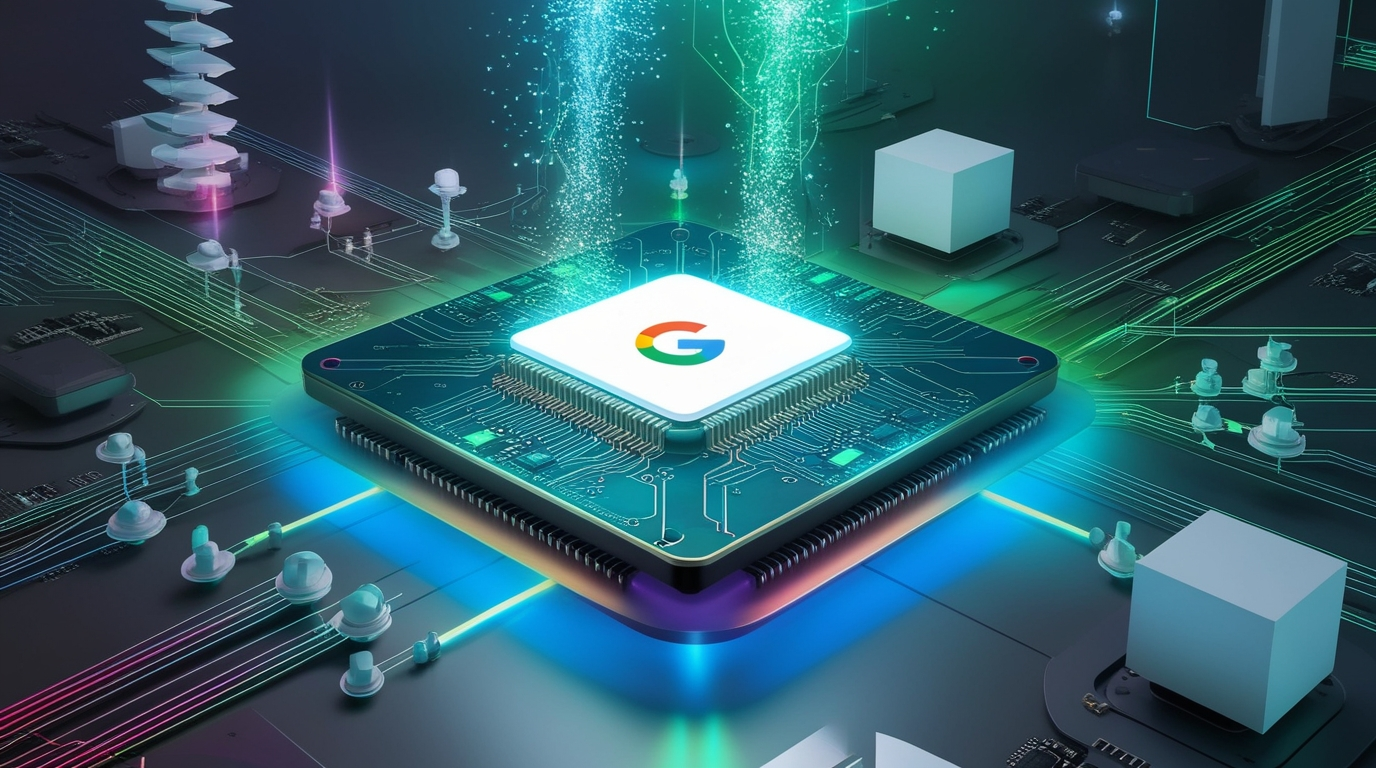Why Google Cloud TPU is a Game-Changer for AI?
The race to build faster, smarter AI models demands specialized hardware. Enter Google Cloud TPU (Tensor Processing Unit), a custom-built accelerator designed to supercharge machine learning workloads. Whether you’re training massive neural networks or deploying low-latency inference systems, Google Cloud Platform TPU offers unparalleled performance and scalability. In this guide, we’ll unpack everything you need to know about TPU cloud Google solutions, including key benefits, real-world use cases, Google Cloud TPU pricing, and how it stacks up against alternatives like Cloud Functions.
What is Google Cloud TPU?
The Evolution of Custom AI Hardware
Google Cloud TPU is an application-specific integrated circuit (ASIC) optimized for TensorFlow and other machine learning frameworks. Unlike traditional CPUs or GPUs, TPUs are purpose-built for matrix operations, making them ideal for:
- Training complex deep learning models.
- Running high-throughput inference tasks.
- Accelerating large-scale research projects.
Generations of Google Cloud TPUs
Google has iterated on TPU designs to meet growing computational demands:
1. TPU v2/v3: Focused on training and inference with pod configurations for scalability.
2. TPU v4: Offers 2x performance gains over v3, with improved energy efficiency.
3. Ironwood TPUs: Introduced in 2024, these next-gen TPUs prioritize cost-effective inference
Benefits of Using Google Cloud Platform TPU
Unmatched Performance
- Speed: TPUs process thousands of operations per second, slashing training times for models like BERT or ResNet-50
- Scalability: Deploy TPU pods for distributed training, scaling horizontally across tasks.
Cost Efficiency
- Pay-as-you-go pricing: Only pay for TPU resources while they’re active.
- Preemptible TPUs: Save up to 70% with interruptible workloads.
Seamless Integration
- Native support for TensorFlow, PyTorch, and JAX.
- Integrates with Google Kubernetes Engine (GKE) for containerized ML workflows.
Use Cases for Google Cloud TPU
Training Large-Scale Models
TPUs excel in scenarios requiring massive computational power:
- Natural language processing (e.g., GPT-4, BERT).
- Computer vision tasks (e.g., image classification, object detection).
High-Performance Inference
Ironwood TPUs are optimized for real-time predictions in applications like:
- Recommendation engines.
- Fraud detection systems.
Research and Development
Academic institutions and enterprises use TPUs to:
- Simulate complex systems (e.g., climate modeling).
- Experiment with novel AI architectures.
Google Cloud TPU Pricing: What You Need to Know
Factors Influencing Costs
- TPU type: v2/v3 vs. v4 vs. Ironwood.
- Usage duration: Hourly rates apply for active TPU nodes.
- Location: Prices vary by region (e.g., US vs. Europe).
Cost-Saving Tips
- Use preemptible TPUs for fault-tolerant workloads.
- Leverage sustained use discounts for long-term projects.
For detailed rates, visit the official Google Cloud TPU pricing page.
Google Cloud TPU vs. Alternatives
TPU vs. Cloud Functions
While Cloud Functions are ideal for event-driven microservices, TPUs outperform them in:
- Batch processing of ML workloads.
- Tasks requiring hardware acceleration.
TPU vs. GPUs
TPUs: Faster for TensorFlow-centric workflows.
GPUs: More flexible for general-purpose computing.
How to Get Started with Google Cloud TPU
Step-by-Step Setup
1. Enable the TPU API in your Google Cloud Console.
2. Choose a framework: TensorFlow, PyTorch, or JAX.
3. Configure your TPU via Google Compute Engine or GKE.
Best Practices
- Monitor usage with Cloud Monitoring.
- Optimize code for TPU compatibility (e.g., avoid CPU-bound operations).
The Future of Google Cloud TPU
With innovations like Ironwood TPUs, Google is doubling down on inference optimization. Expect:
- Lower latency for real-time applications.
- Enhanced tools for MLOps pipelines.
Conclusion: Unleash Your AI Potential with Google Cloud TPU
Google Cloud TPU is a powerhouse for organizations pushing the boundaries of AI. From cost-effective training to lightning-fast inference, it’s a critical tool for modern machine learning. Ready to accelerate your workflows? Start your Google Cloud TPU journey today
FAQs:
1. What is Google Cloud TPU?
Cloud TPU (Tensor Processing Unit) is a custom-built hardware accelerator optimized for machine learning workloads, particularly for training and inference tasks using frameworks like TensorFlow, PyTorch, and JAX.
2. Why use Cloud TPU over GPUs?
TPUs are purpose-built for AI/ML matrix operations, offering faster training times and lower costs for large-scale models compared to general-purpose GPUs. They excel in TensorFlow-centric workflows.
3. What are common use cases for Google Cloud TPU?
- Training large language models (e.g., BERT, GPT).
- Real-time inference (e.g., recommendation engines).
- High-performance computing tasks like climate modeling.
4. How does Google Cloud TPU pricing work?
Costs depend on TPU type (v2/v3, v4, or Ironwood), usage duration, and region. Options like [preemptible TPUs](https://cloud.google.com/tpu/pricing) can reduce costs by up to 70%.
5. Can I use TPUs with Kubernetes?
Yes! Google Kubernetes Engine (GKE) supports TPUs for scalable, containerized ML workflows.

